Once you have your flywheel off you will be faced with the starter driven gear which sits around the crankshaft:
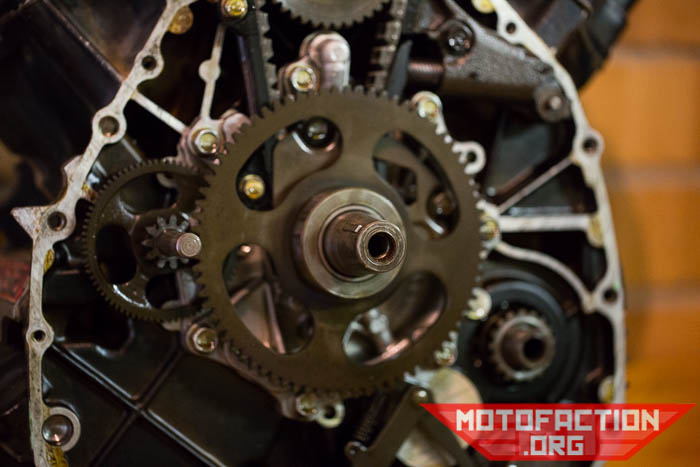
It should pull towards you easily;
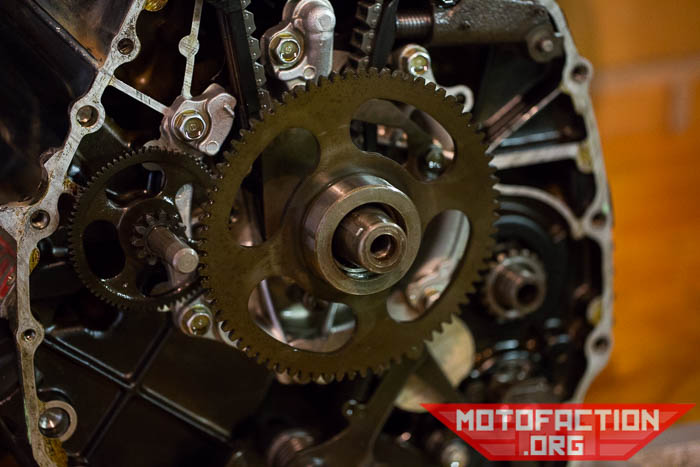
The needle roller bearing may stay on the crankshaft or you may end up with it staying inside the gear;
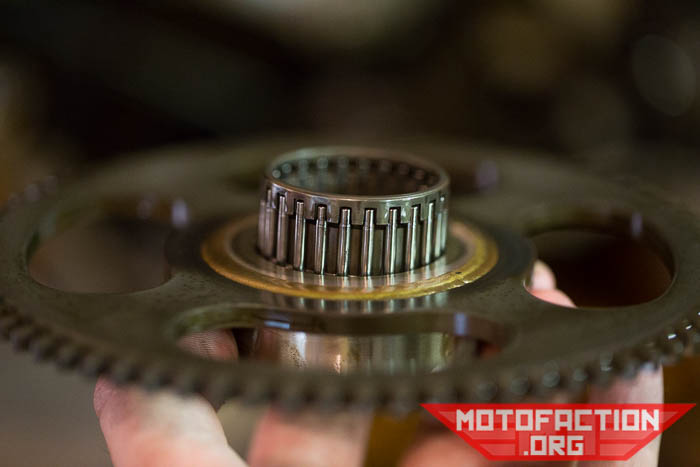
Now you can see your cam setting plate. Gee, that was easy. Now for the assessment part. This is particularly relevant for the CX650 and GL650 models, which are harder on starter motors, but it’s worth checking 500s while you have it in your hand. You’ll have one of these two styles:
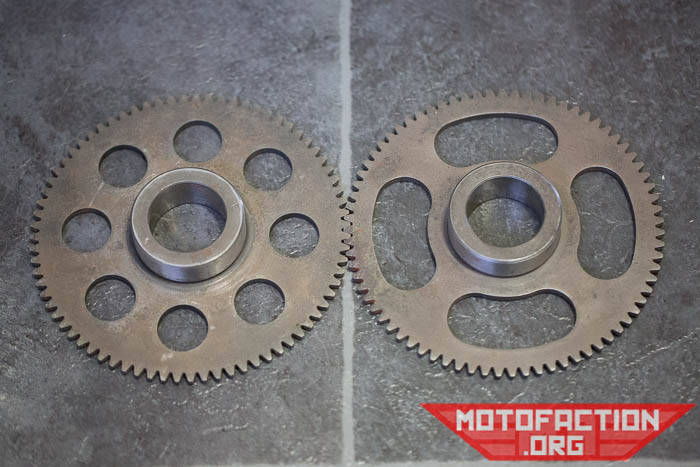
The left hand one in the above photograph is of a stronger design than the right hand one. We have seen some with four marks machined in them like so – not sure what the story with that is:
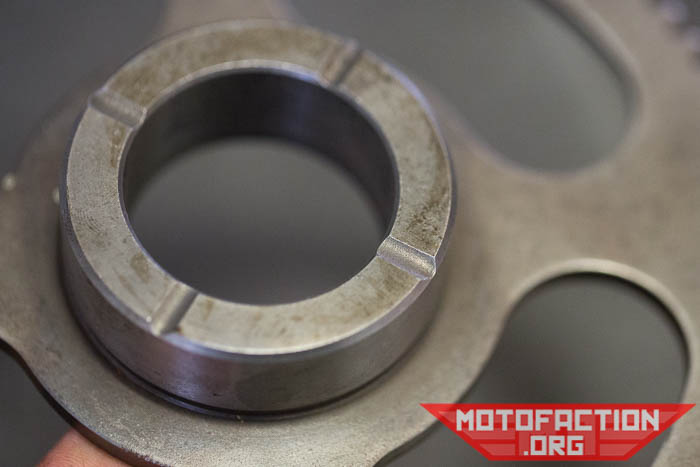
Now, the part of the starter driven gear which sits against the starter clutch (the bit which fits inside the flywheel) should be perfectly smooth. If you have a weak starter motor, a weak battery, old and worn starter springs or a similar issue you can wear flat spots in this surface like so:
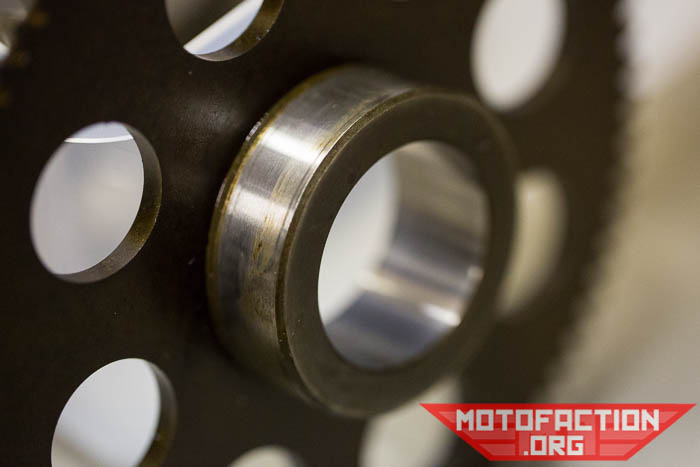
One from a 650:
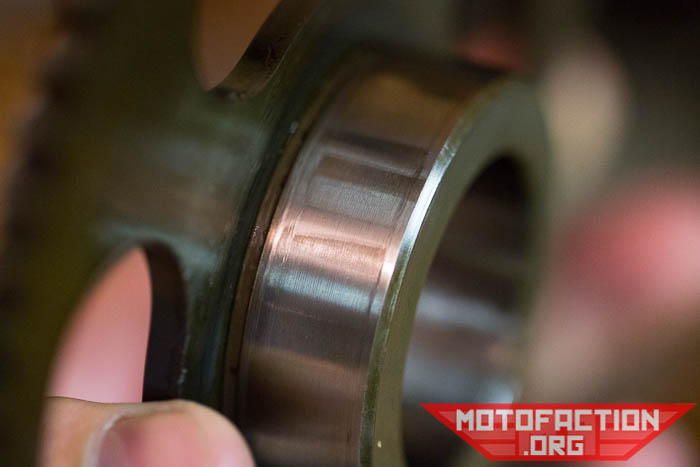

A different 650:
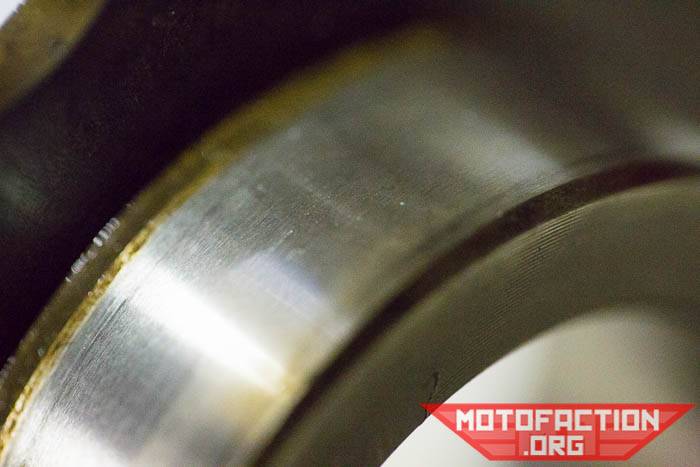
Again, this is most common in a 650 motor. If you find flat spots like these in your starter driven gear it’s best to replace it with one that has a clear surface – or have it machined ever so slightly to present a smooth surface again. Joe Hovel on the Australian CX forums provides that service.
The flat spots can cause the starter clutch rollers to skip, worsening the damage and causing improper starting. If your 650 has destroyed yours a good bet is to grab one out of a low mileage 500, as they’re typically easier on them.
If you have the tooling to accurately measure the inside diameter of the gear where it sits around the crankshaft, it should measure at no more than 37.100mm – that’s the service limit, if it’s greater than that it needs to be replaced.
If you’re doing this as part of the triple or quadruple bypass, click here to go back to the bypass page.